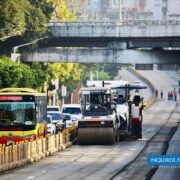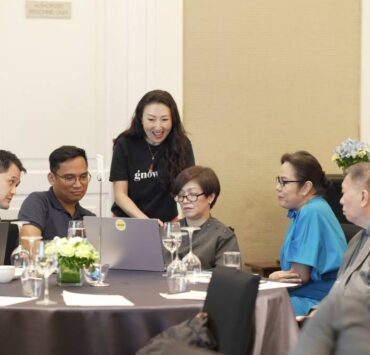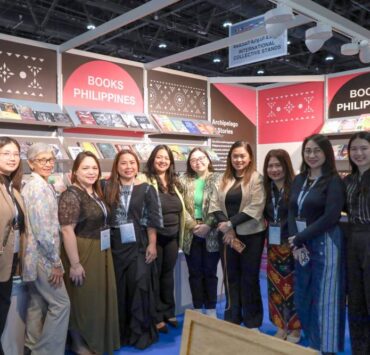El Nido beyond the usual
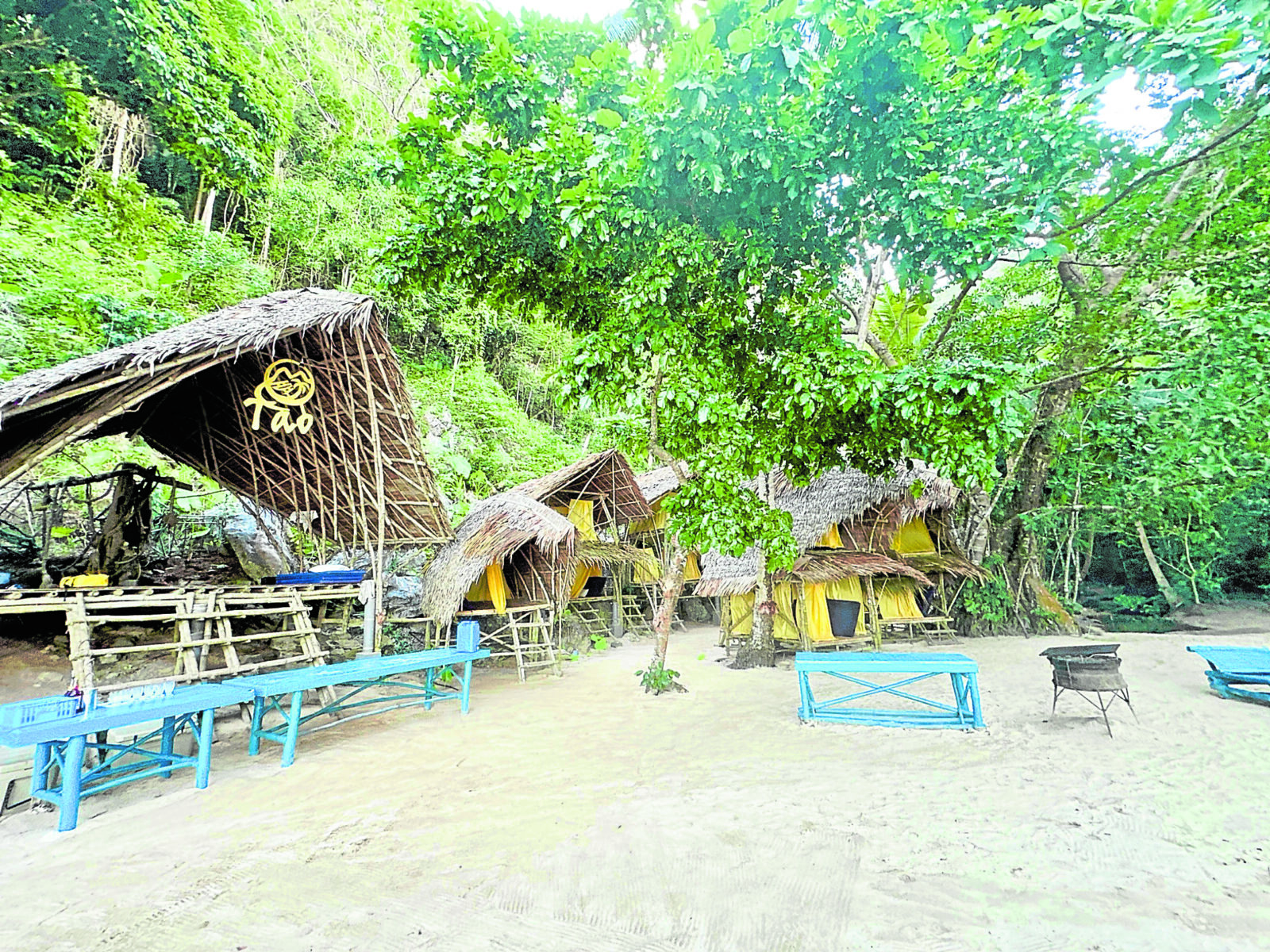
I t started with a dream between two friends, with no blueprint but a shared desire to explore Palawan. They followed the tides, listened to local communities, and slowly uncovered a deeper way to travel that gives back and grows alongside the people it touches.
That dream became Tao Philippines (pronounced ta-ó, meaning “human”), a movement rooted in empowerment, education, and sustainable livelihoods. What began with a single boat now funds schools, trains islanders, and connects travelers to stories that matter.
I joined Tao Philippines’ two-day island expedition in El Nido, even though it wasn’t part of my original plan.
While figuring out what to do in El Nido, I remembered Tao. I checked its site, found a trip that matched my schedule, and everything just fell into place. I hesitated at first because it was pricier than the usual El Nido tours, but I’m so glad I went for it.
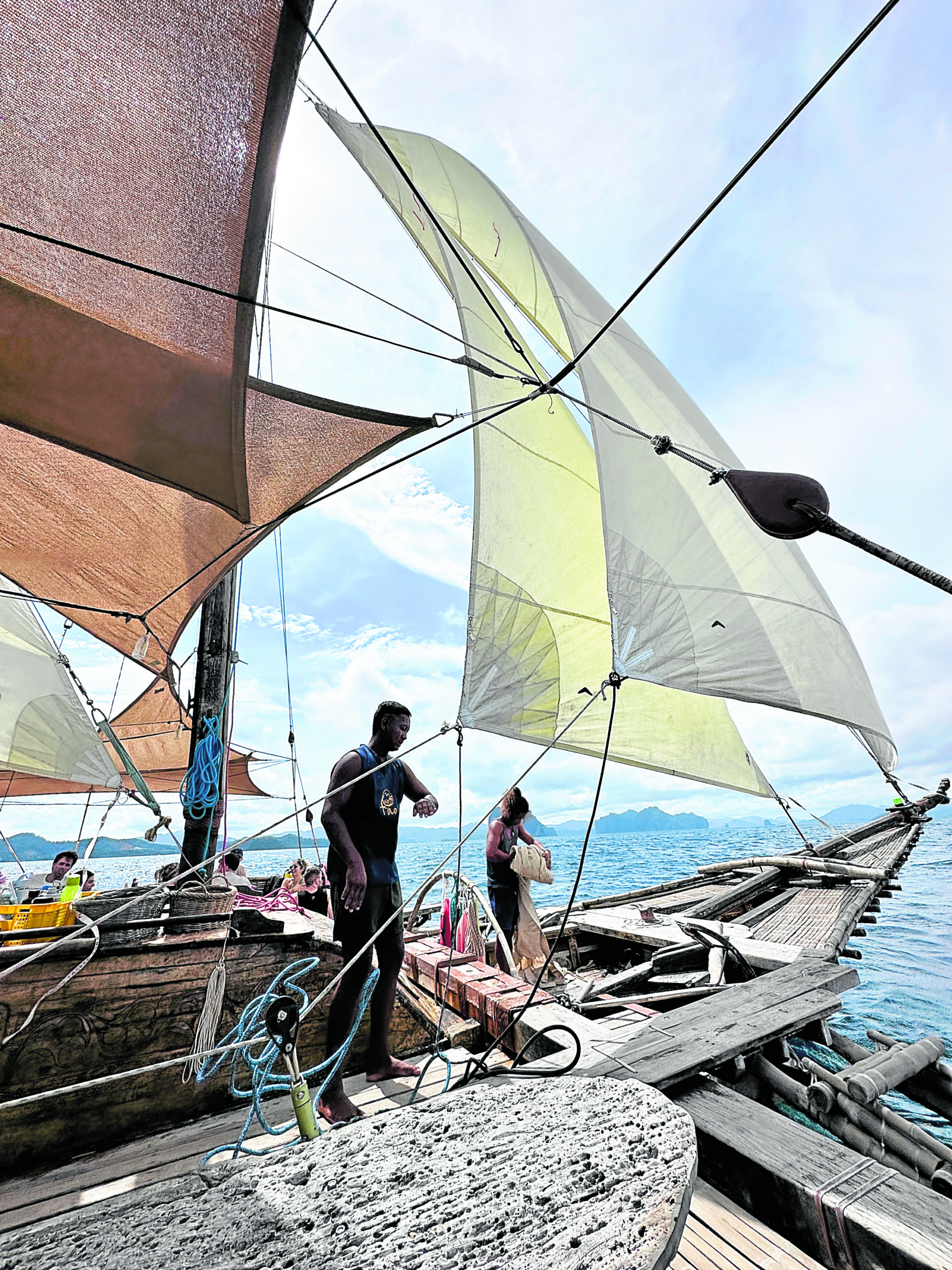
Not your typical adventure
After years of hiking mountains and camping on remote beaches across the Philippines, I thought I’d already had my best adventures. But Tao was on a whole different level.
Tao Philippines is not your typical adventure. It gives travelers a chance to be part of something real—a sailing expedition through the remote islands of northern Palawan. Onboard, there are no set itineraries. The routes shift with the weather and the rhythm of the sea, guided by the experience of the crew, many of whom come from the very islands the boats explore.
We sailed on the Balatik, a majestic 74-foot wooden paraw named after the constellation Orion in Hiligaynon. Modeled after the traditional vessels that once navigated Philippine waters more than a thousand years ago, the Balatik is a graceful double outrigger boat adorned with tribal carvings and powered by both wind and motor, depending on the sea’s temperament.
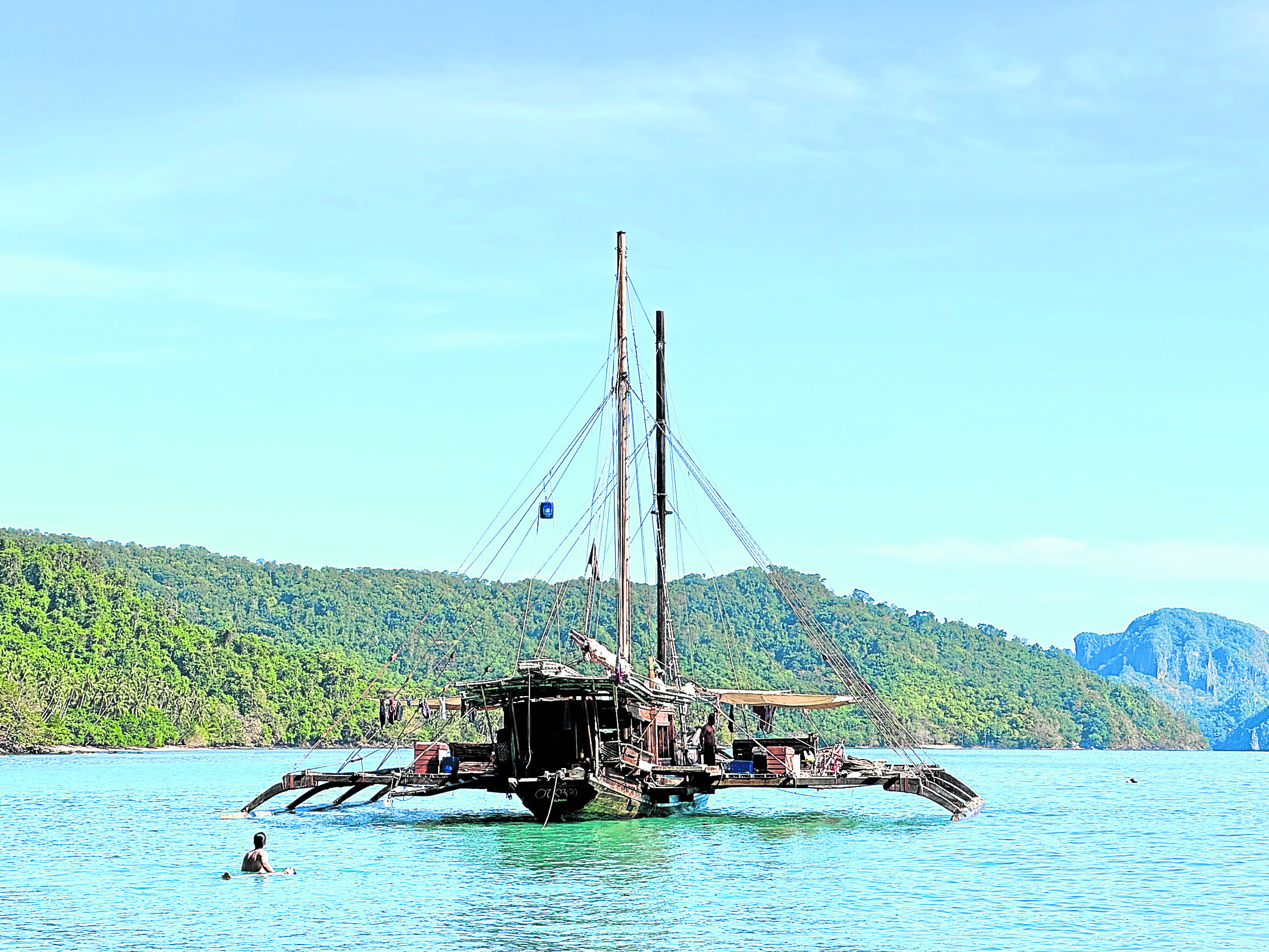
It had everything one needed to feel right at home at sea. There were two toilets and a freshwater shower so we could wash up comfortably after a swim. We tucked our luggage safely under the deck, and there were designated spots for our day bags, along with baskets for our sunblock, tumblers, and slippers.
There was room to sprawl out on deck chairs and enjoy the breeze. The kitchen was open, literally. We were free to watch the chef work his magic or even pitch in. When we wandered over to the captain’s area, we found it wasn’t off limits. We could ask questions, learn a bit about sailing, or just enjoy the view beside the one steering the ship.
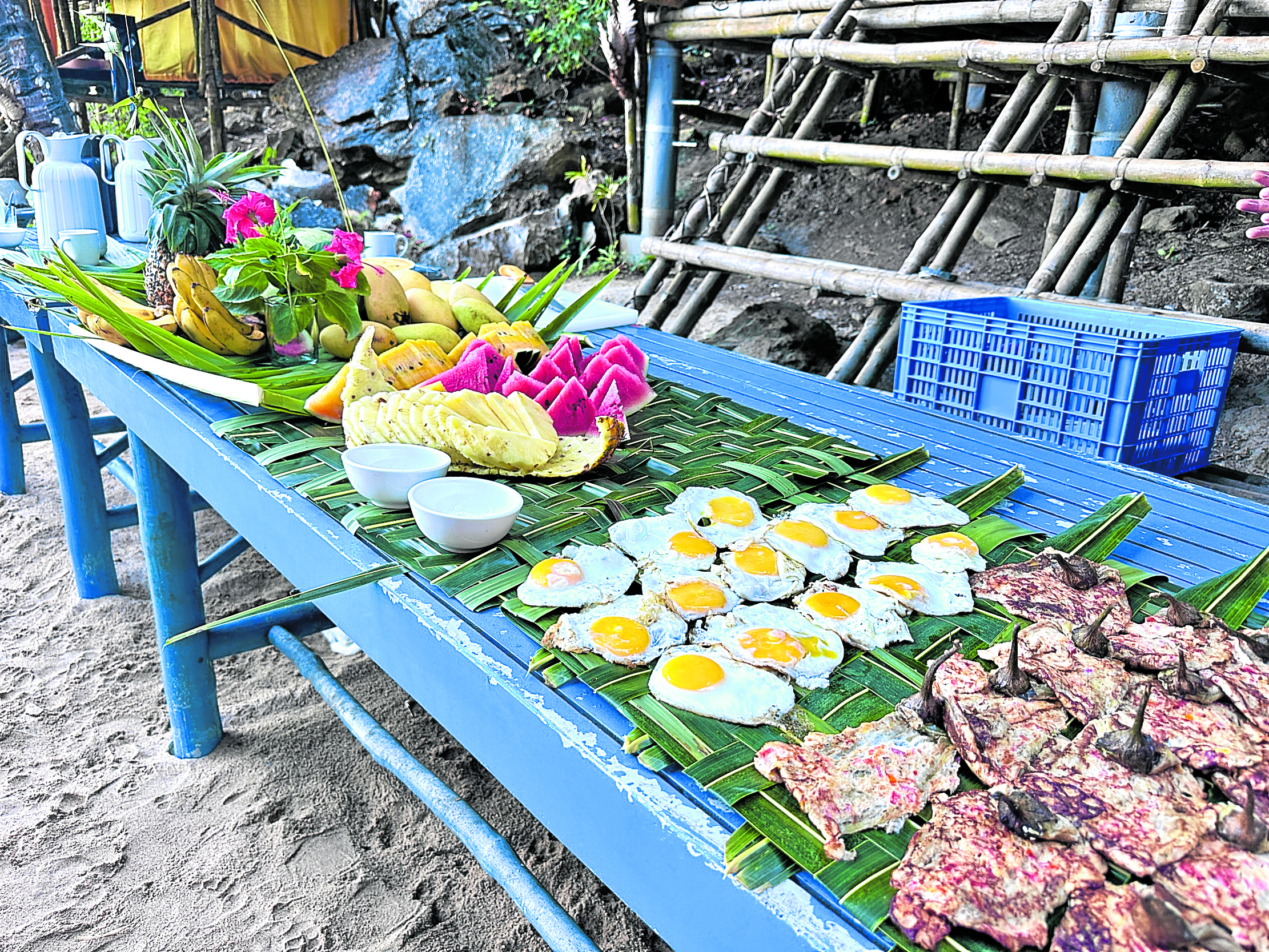
Our crew members, affectionately known as the Lost Boys, are the heart of every Tao journey. They are local islanders, former farmers, fishermen, and students, trained by Tao. Their stories reflect the spirit of Tao itself: humble beginnings, hard-earned skills, and a deep respect for the land and sea.
There was Roy, our expedition leader, who worked his way up from crew to barman to chef before leading journeys like ours. Art, our ever-smiling chef, prepared unforgettable meals. He shared that cooking has always been something he truly enjoyed, and Tao helped him grow even more in the kitchen.
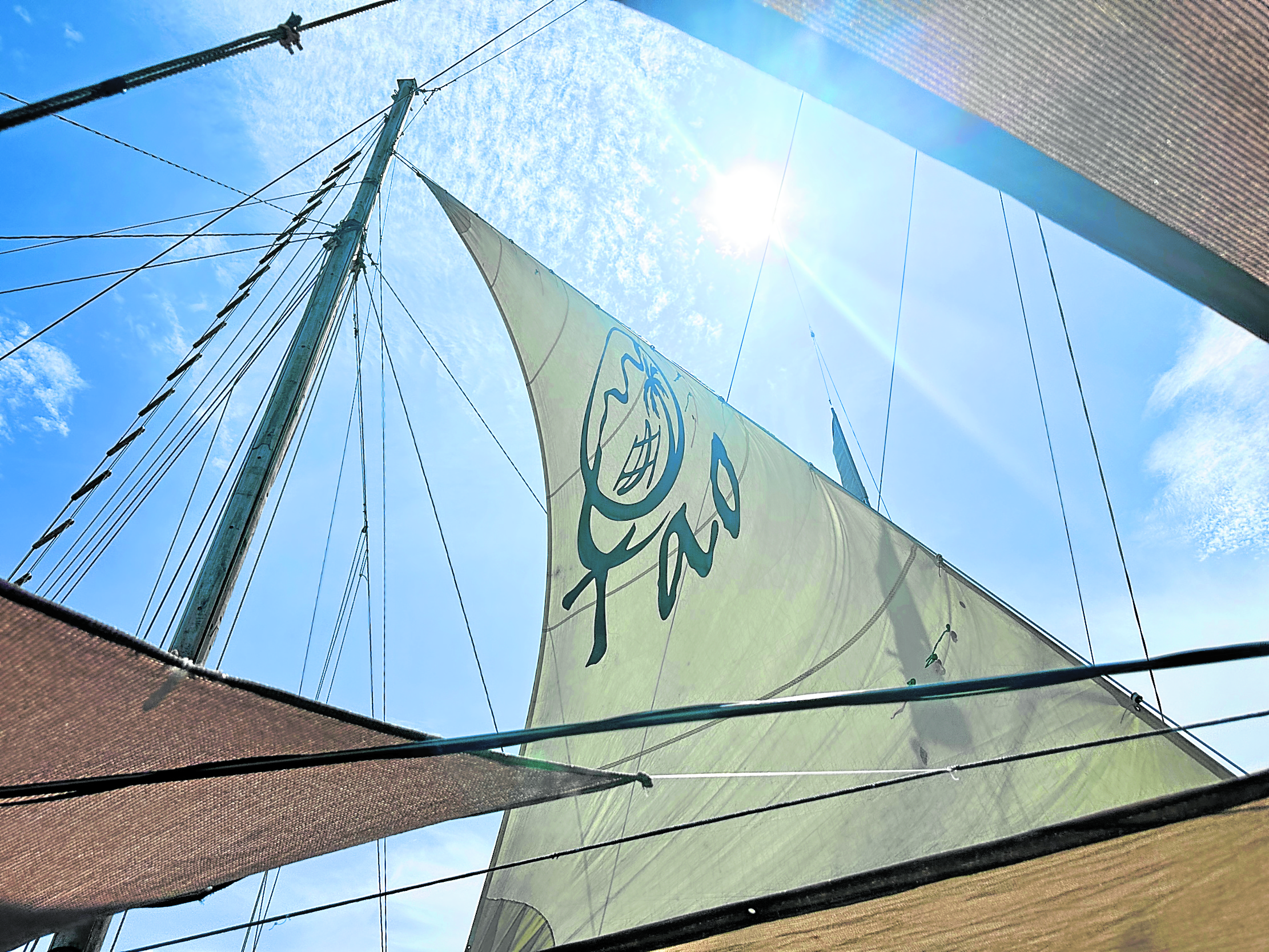
Jo was our barman and was always quick with a smile and ready with a drink. As Roy joked, the barman is the most important member of the crew and “as long as the barman is alive, you will never go thirsty.”
Hondo was our calm and capable snorkeling guide, always keeping an eye on everyone in the water. Amar, the engine man, made sure we kept moving, while Kian was always nearby to help. Marvin was the joker of the group, and Captain Rolly guided the Balatik. Rounding out the crew were three adorable Jack Russell Terriers named Nala, Sulu, and Riri.
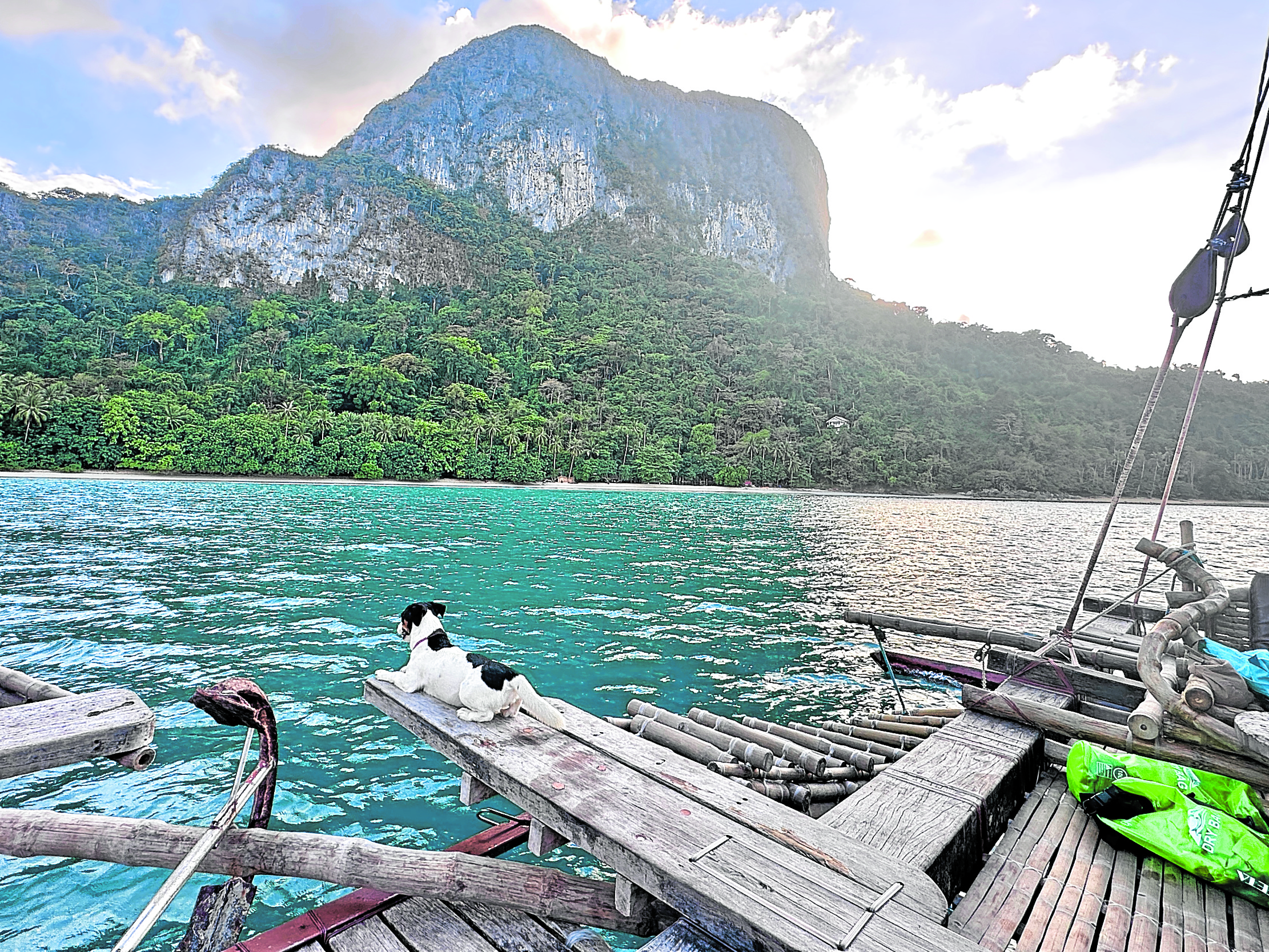
Small community
Each expedition is different, not just because of the changing routes but also because of the people on board. With everyone coming from different places, we became a small floating community, sharing stories over meals and making friends under the stars. On our trip I was the only Filipino born and raised in the Philippines so I gladly answered questions about my country.
We had three stops on our first day. Our first was Snake Island, officially known as Vigan Island, famous for its sandbar that curves like a snake connecting two land masses. Though it was high tide when we arrived and the sandbar was submerged, we still climbed a short trail for a sweeping view of the winding shoreline.
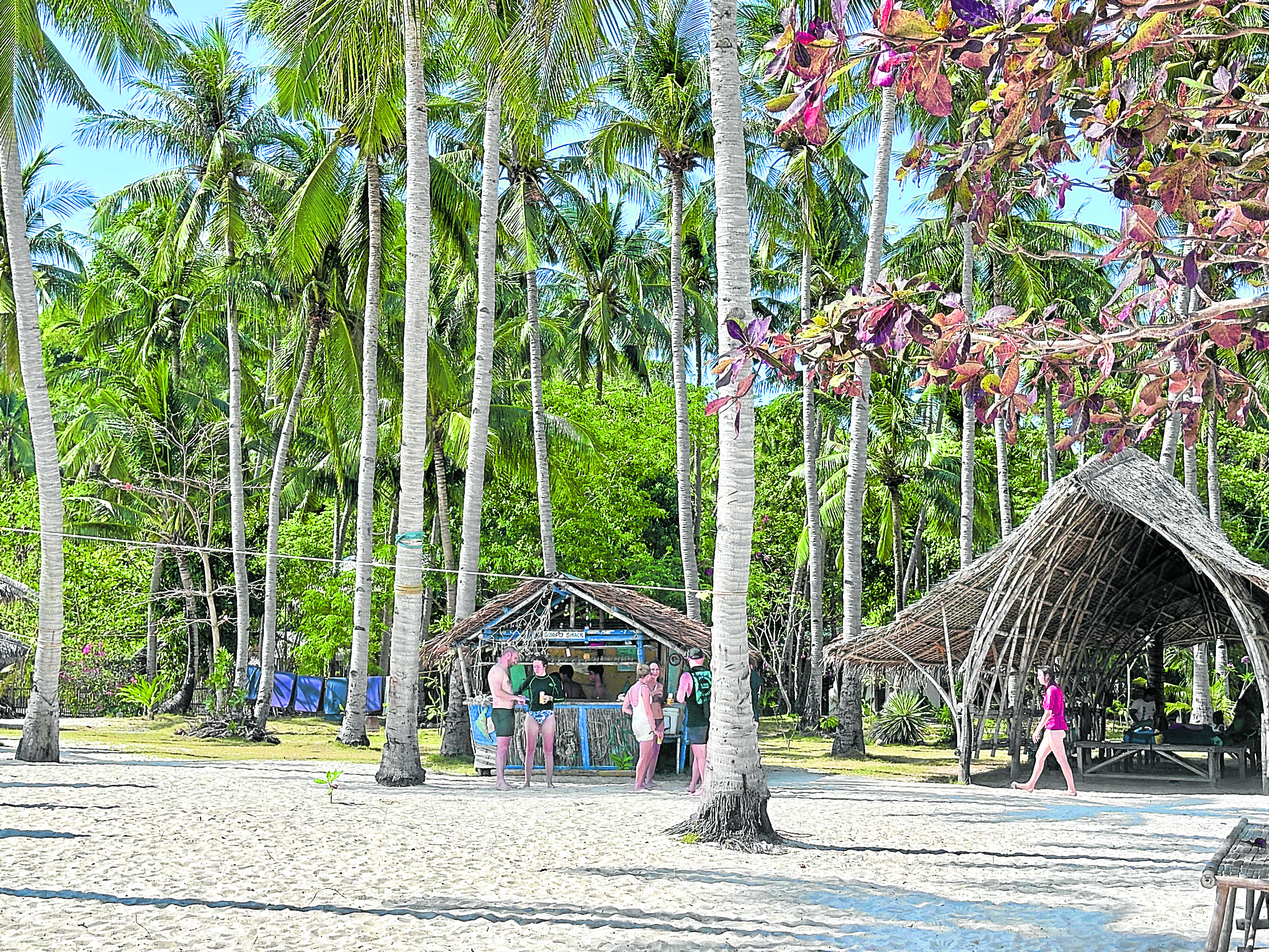
The next two stops were snorkeling sites near Pasandigan Beach and Natnat Beach, both teeming with marine life. Snorkels and fins were provided by Tao, and the crew made sure everyone felt safe and relaxed, even offering a buoy to float with for those who preferred a gentler experience.
Our camp that night was at Cadlao Island, where the dream of Tao first took shape. The Tao logo, inspired by a smiling face or a laugh, traces its roots to this very place.
We slept in bamboo huts known as tukas, elevated and thoughtfully designed with mosquito nets, cushion beds, and views of the sea just steps away. The architecture blended seamlessly with nature, using traditional bamboo bending techniques that were both sustainable and strong. Amenities included open-air showers with organic soap, two enclosed toilets, two enclosed showers, and communal dinner tables under the stars.
Meals on board and at camp were highlights in themselves. Most fresh fish, fruits, and vegetables were sourced locally or harvested from Tao’s own Beach Farm. And they served some of my favorite Filipino dishes like fried matang baka, monggo, and tortang talong, all lovingly prepared by the crew. Coffee and ginger tea were available throughout the day. Every meal came with rice, which the Tao Lost Boys called “Filipino power.”
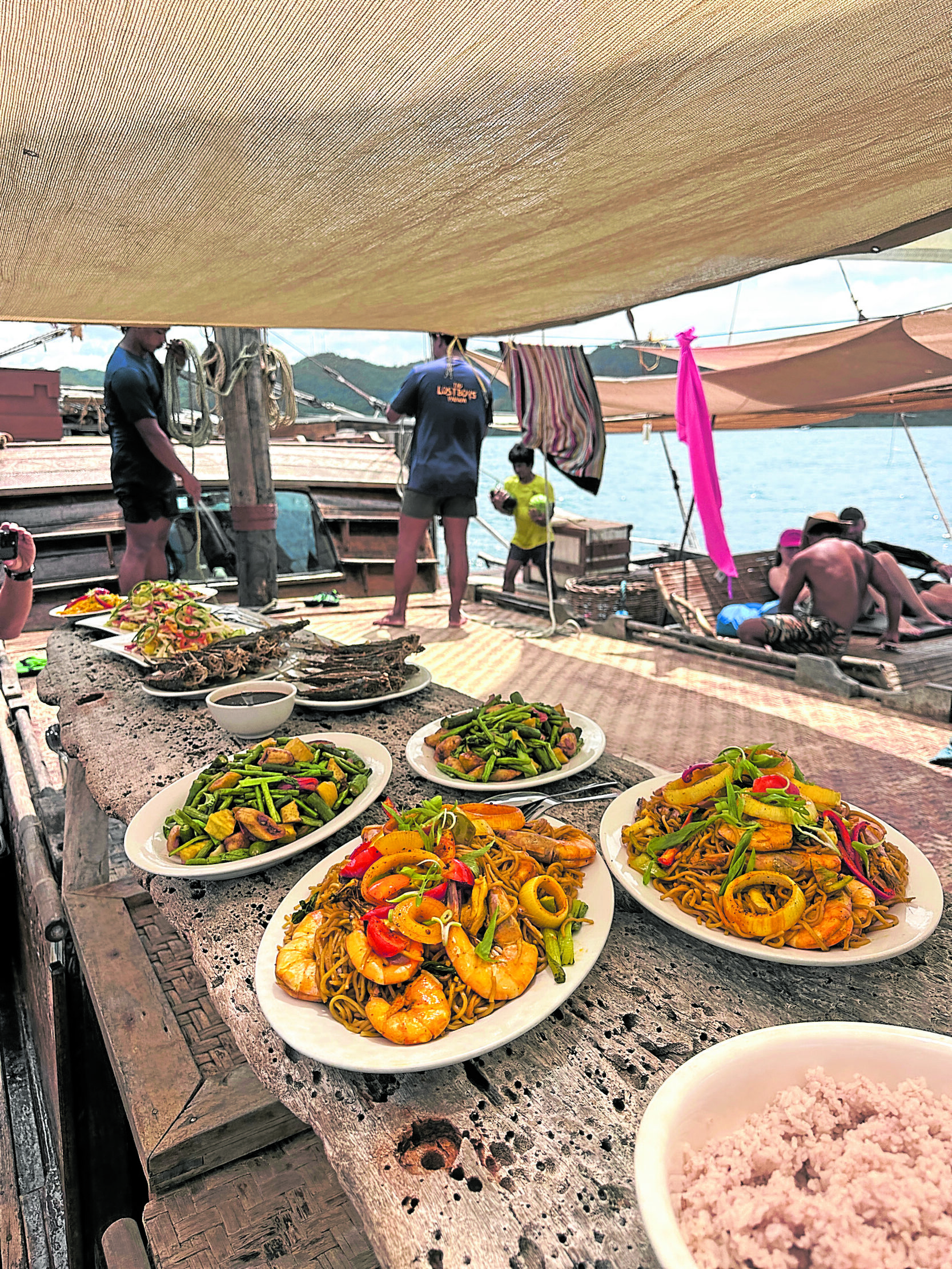
Final stop
On the second day, we had a long stretch of sailing before arriving at our final stop, Daracotan Island, which is another Tao camp, this one even more beautiful than the last. It had wide white sand beaches, shaded lounging huts, and a Guapo Shack where more Lost Boys served cold drinks.
Our final stop was the Tao Beach Farm that also serves as a training ground and home base for the Lost Boys. Roy, our expedition leader, shared that before joining Tao, the only words he could say with confidence were “yes” and “no,” and even then, he was not always sure if his answer was correct. Today, he leads briefings with ease at the start of each expedition, before every stop, and at the journey’s end. And his final message to us was met with warm applause.
Travelers who join Tao often come seeking adventure. But what they find goes far beyond beaches and coral reefs. They are welcomed into a community. They hear the crew’s stories. They see where their travel money goes.
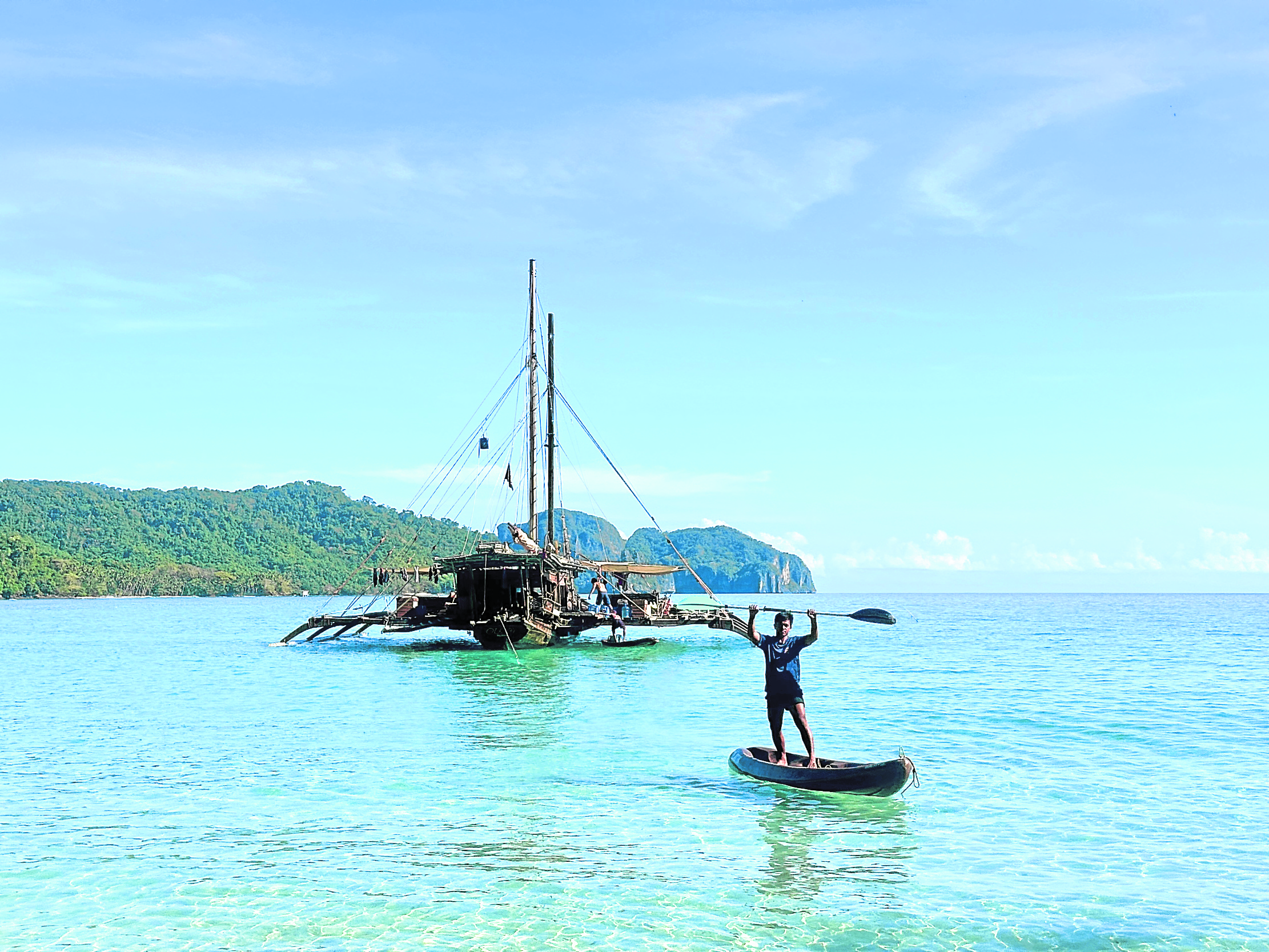
The Tao Kalahi Foundation, the organization’s social development arm, ensures that the benefits of tourism ripple outward. It builds kindergartens and elementary schools in remote villages, hires and trains local teachers, and offers scholarships in fields such as marine biology, public administration, and education. The foundation also hosts summer training programs, where young people learn skills in agriculture, hospitality, and community leadership.
In a world where tourism often exploits and extracts, Tao offers a different way—a slower, more mindful route that honors both place and people. It is a reminder that travel can be transformative not just for the traveler, but also for the places they visit.











